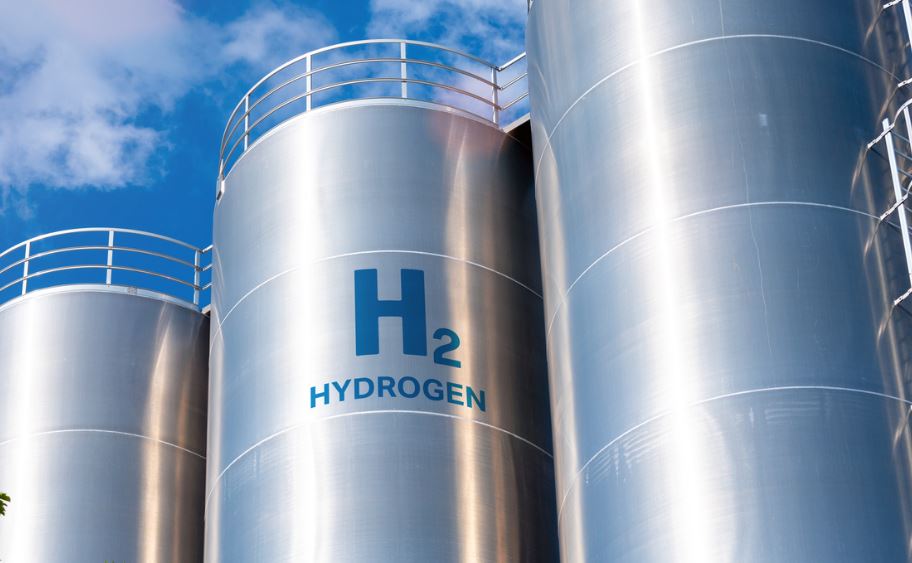At the end of this month, a long-dormant 105 billion won liquid hydrogen facility in Changwon is expected to start operations under new ownership.
However, while the machinery is ready to run, the broader ecosystem to absorb its output remains critically underdeveloped. The lender group that financed the facility has now taken control of Hai Changwon Co., Ltd., but the city’s current hydrogen demand, infrastructure capacity, and legal disputes reveal a project structurally out of sync with the realities on the ground.
Once operational, Hai Changwon will be contractually obligated to sell 5 tons of liquid hydrogen daily to the Changwon Industry Promotion Agency, totaling an annual transaction of 27 billion won. Yet, current local hydrogen consumption tells a starkly different story: Changwon’s fleet of 115 hydrogen buses and 1,600 hydrogen passenger vehicles consumes only 2.4 tons per day — less than half the anticipated output. This mismatch highlights a foundational flaw in the project’s rollout: production readiness has preceded market maturity.
The city’s infrastructure bottlenecks further exacerbate the problem. Although there are 11 hydrogen charging stations in the region, only one — Daewon Charging Station — is equipped to handle both gaseous and liquid hydrogen. A second station by Hyosung Heavy Industries is still a year away. Without sufficient refueling capacity, the daily 5-ton supply risks becoming stranded inventory.
Legal Complexities and Ownership Disputes
The facility was originally launched through Hai Changwon, a special-purpose company co-owned by the Changwon Industry Promotion Agency and Doosan Enerbility. When financial strain hit, the lenders — having extended 71 billion won in project financing — exercised share pledges and assumed ownership. A court dismissed Changwon’s attempt to block this transfer, consolidating control with the lender group, who promptly began licensing procedures and appointed new executives.
The Changwon city government has challenged the enforceability of the hydrogen purchase commitment, asserting it does not constitute a city-level debt. The outcome of this legal dispute, expected to unfold further in July, could influence the distribution of financial liability, but won’t eliminate the agency’s exposure.
Even if the city prevails in court, the Changwon Industry Promotion Agency may remain obligated to fulfill the daily purchase due to previous contractual commitments. Meanwhile, the newly appointed owners of Hai Changwon are focused on recouping costs by pushing ahead with production, citing a Korea Gas Safety Corporation assessment that confirmed the facility’s operational readiness during earlier test runs.
A critical pressure point is the facility’s cost structure. At 15,300 won per kilogram, the facility’s liquid hydrogen is priced well above prevailing rates in other regions. This premium stems from its feedstock and process route — using reformed hydrogen converted from natural gas rather than byproduct hydrogen from petrochemical processes, which is typically cheaper. As a result, even if consumption capacity existed, competitiveness would remain questionable.
An official from Changwon City acknowledged this structural disadvantage, noting that without cost parity, demand generation becomes difficult. Proposals to restructure the business model to reduce interest rates or defer debt payments are under consideration but are complicated by the absence of a centralized decision-maker post-takeover.
Efforts to salvage the project include outreach to potential bulk buyers such as Hyosung, SK, and academic research institutes. But unless new demand channels are secured or the facility’s output is redirected to off-site markets, the economic sustainability of the Changwon hydrogen project remains tenuous.
Stay updated on the latest in energy! Follow us on LinkedIn, Facebook, and X for real-time news and insights. Don’t miss out on exclusive interviews and webinars—subscribe to our YouTube channel today! Join our community and be part of the conversation shaping the future of energy.
